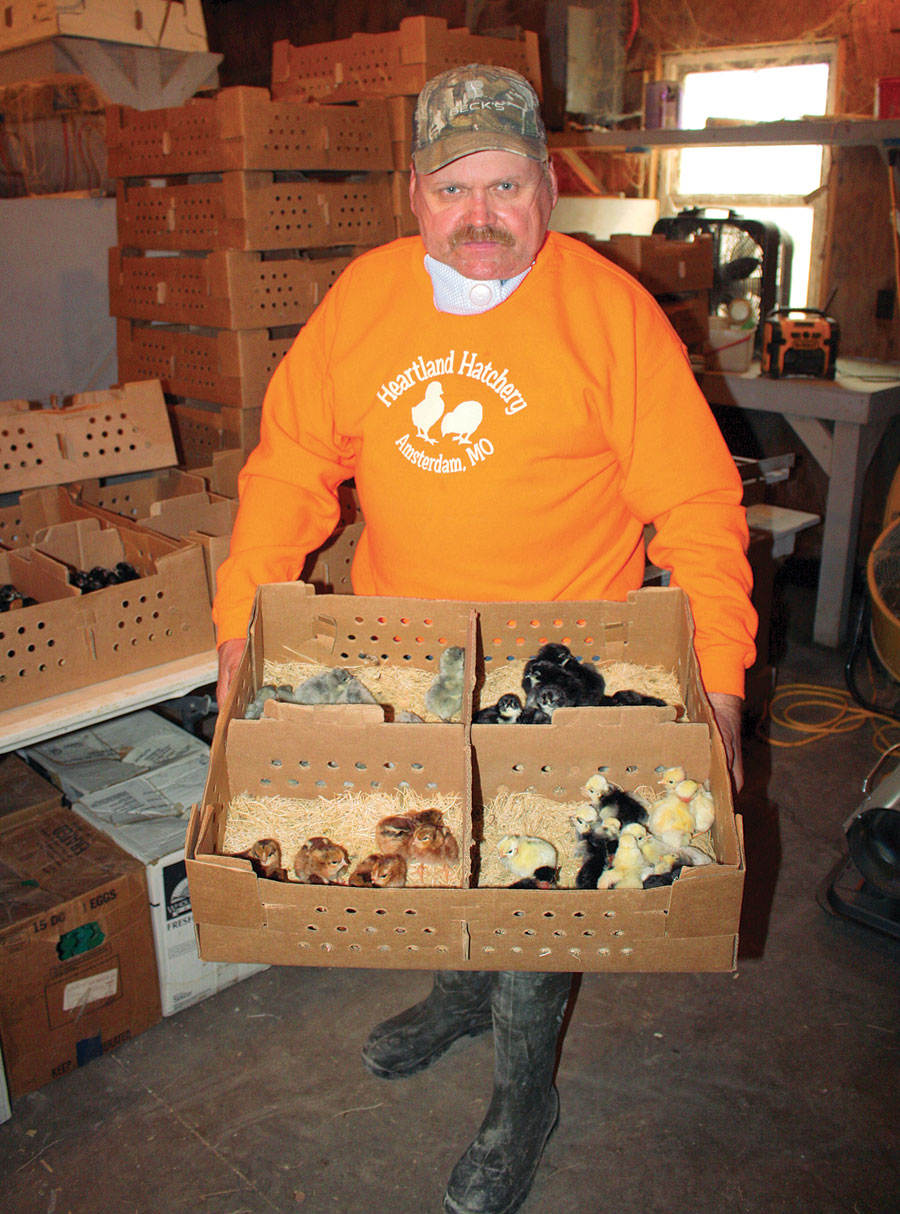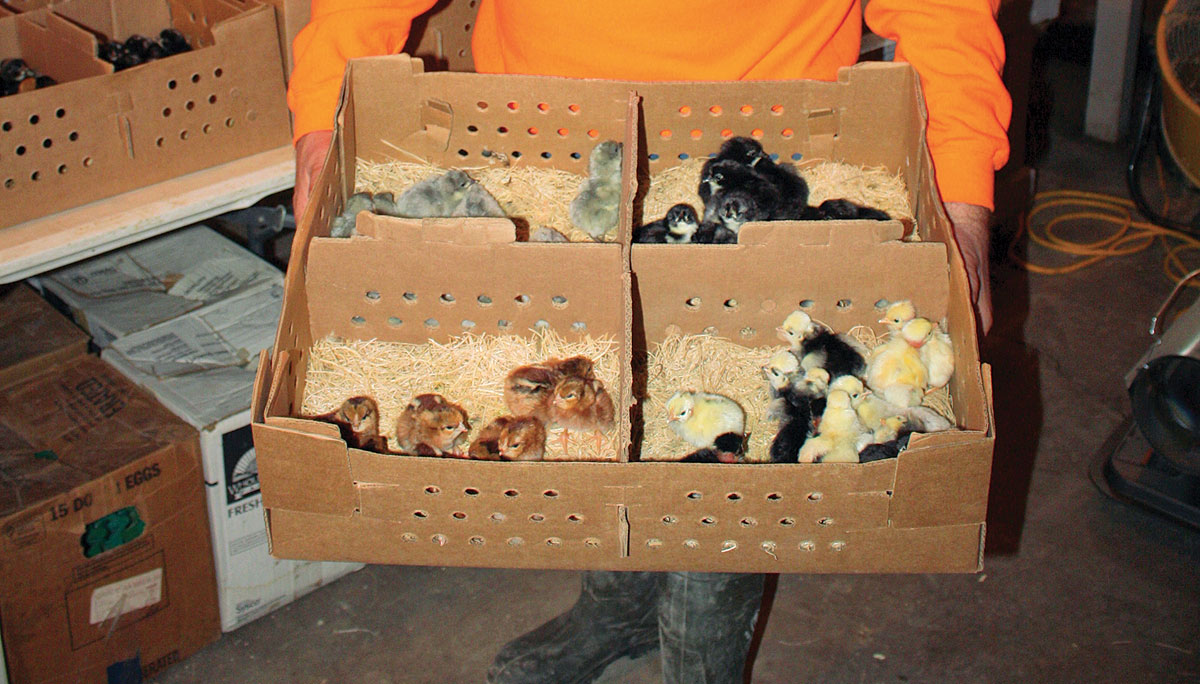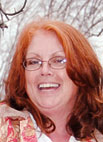 Alan Nieder began his own hatchery in 1997 after spending his entire life around the industry
Alan Nieder began his own hatchery in 1997 after spending his entire life around the industry
Alan Nieder received his first taste of the poultry business when he was just a boy.
“I started selling eggs to a hatchery when I was 5 years old,” Alan said. “That’s what my mom and dad did, and I started helping my mom. I always helped take care of the birds and she gave me a flock.”
That first flock began Alan’s lifelong passion for the poultry industry. He continued to sell eggs to hatcheries until about 1995, and he eventually opened Heartland Hatchery in his hometown of Amsterdam, Mo.
“I always wanted to open my own hatchery,” Alan said. “I was around hatcheries since I was a little kid and I just loved it. In 1997, I found some incubators in Oklahoma that were made in the late 1940s and that got us started.”
He began wholesaling chicks in 1997, but Alan’s business plan changed two years later when Nixa Hardware asked him to bring chicks for its 100th-anniversary event.
“They asked me to come down and sell chicks,” Alan recalled. “That was the first chick day I ever did. I took a whole Suburban full of chicks and sold everything I had. I got a call from the manager and he said they didn’t want to buy chicks from me anymore. I thought I had done something wrong and he said, ‘No, we want you to come back.’ They had a lot of positive response from it and so I started having chick days there, then I started doing others. About 95 percent of my sales are through the chick days.”
Heartland Hatchery purchases fertilized eggs from 13 flock owners. The flocks are blood tested annually and swabbed for avian influenza to ensure the birds are healthy, and Heartland is National Poultry Improvement Plan tested and verified.
Eggs are collected weekly and brought to the hatchery, where they are placed into incubators.
“The chickens will hatch three weeks later, then the ducks, guineas and turkeys will hatch in four weeks,” Alan explained. “Each week we will have a hatch.”
Heartland is currently hatching about 3,000 to 5,000 chicks weekly, with 28,000 in the incubators.
“We hatch every Thursday evening, and go to stores on Friday and Saturday,” Alan said. “There are some birds we start, but most of them are just a day old.”
Alan begins incubating eggs in January, with the first hatch in February and continues through the first weekend in November. Temperature and humidity are crucial in hatching poultry. Eggs are housed in incubators that are at 99.5 degrees with 55 percent relative humidity. Eggs are also automatically moved hourly inside the incubators. When it’s time to hatch, eggs are moved to a hatcher where it is about 99.5 degrees and 85.5 percent humidity.
Chicks have a three-day food supply from their yoke after hatching and are typically at their new homes before they need to be brooded.
“Ducks, turkeys and guineas hatch out about a day before the chickens, so they need food and water because they will dehydrate,” Alan said.
After 50 years in the poultry business, Alan can quickly differentiate males and females by color variations in eight breeds.
“There are a lot of breeds now that you can sex by color,” Alan said. “On most breeds, it’s 80 to 90 percent accurate.”
Alan and his son, Miles, take newly hatched chicks to locations in Missouri, Kansas, Oklahoma and Arkansas. In all, Alan takes chicks to about 25 stores.
“I take a little of everything,” Alan said. “When we go out, we make two or three stops apiece. We have a pretty big circle… With me doing a chick day, I have things set up in boxes and people can come pick their chicks out.”
Rare breeds are the most popular among Heartland customers, and Alan works to keep up with the demand.
“I add breeds every year,” he said. “This year I added Dominique Bantam and standard Dominique. Every year you’re going to have things that don’t sell well, so we take them out. I keep track of things people buy and what people ask for. Two-thirds of what I have are common breeds, but I also will carry Lavender Orpingtons, Blue Laced Wyandottes, Blue Laced Red Wyandottes and other rare breeds. Most stores will have eight to 10 varieties, but I come into a store with 30 kinds, not including ducks, turkeys and guineas.”
The average hatchery customer has also changed.
“When I was a kid, all the way up through the 1970s, the average sale was 100 to 200 chicks. Now my average sale is 10. I have people who buy 50 or 100, but the average is 10. I have people who will buy 2, 4, 6 or 10,” Alan said. “We have people who want to have their own eggs or that have small acreage and want to raise their own animals, and chickens give you eggs and meat.”
Alan’s knowledge about poultry is a selling point for customers.
“I can answer questions,” he said. “I know what I’m selling. I try to make everyone happy and I feel like I have a pretty good reputation.”
Each customer receives a tip sheet on how to raise healthy birds and Alan is occasionally asked to give seminars.
Alan is a one-man operation and he plans to keep it that way.
“I have a little niche,” he said. “A lot of stores don’t want to carry chicks anymore, so they like the idea of me coming in and leaving the same day. It’s the same principle as the guys who do the fish days… What I am is a niche; I’m not trying to compete with anyone, I’m just offering something different.”
Alan continues to look for new places to hold chick days, hoping to continue to pass along his love for the industry.
“There’s something about hatching eggs,” he said. “It’s kind of like Christmas everything we have a hatch. There’s a lot of people who are interested in poultry, a lot more than I knew. I just love doing this.”







